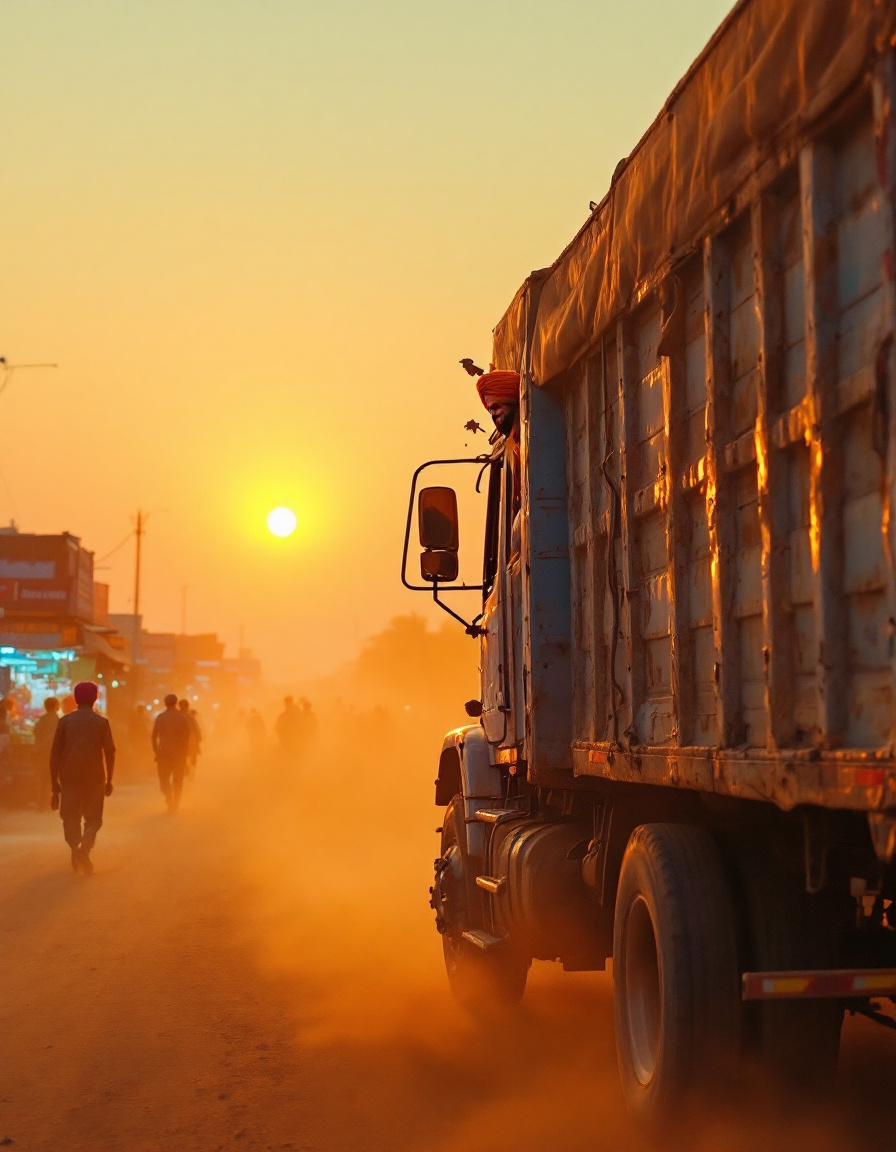Freight Transport in India is evolving rapidly, driven by digitalization, infrastructure upgrades, and increasing demand for reliable cargo movement. In 2025, businesses of all sizes need optimized logistics strategies to manage transport efficiently across India’s vast geography.
🚚 Key Modes
Road Freight
Road freight remains the most widely used method for freight transport in India, offering flexibility and last-mile reach. National highways like NH44 and NH48 play a key role in connecting cities, industrial zones, and ports.
Rail Freight
Railways provide efficient long-distance transport for bulk and heavy cargo. In 2025, rail freight transport in India is enhanced by Dedicated Freight Corridors (DFCs), enabling faster deliveries and reduced congestion.
Air Freight
Air freight is ideal for urgent and high-value shipments. Airports in Delhi, Mumbai, and Bengaluru are major hubs supporting freight transport in India by air.
Sea Freight and Inland Waterways
India’s major ports and growing river transport systems support both international and domestic freight. Sea routes are essential for containerized cargo, while inland waterways complement road and rail in regional freight logistics.
🛣️ Major Routes
- Golden Quadrilateral: Core road network linking Delhi, Mumbai, Chennai, and Kolkata.
- NH44 Corridor: Key north–south freight artery.
- Eastern & Western DFCs: Rail-based corridors for faster freight movement.
- Port-to-Inland Links: Efficient logistics connections from ports to key cities.
📲 Booking via GetTransport.com
Managing freight transport in India is easy with GetTransport.com — a digital platform that helps businesses:
- Compare cargo transport options nationwide
- Book reliable road, rail, or multimodal freight services
- Track shipments in real time
- Access domestic and international logistics support
GetTransport.com simplifies freight management with transparent pricing, flexible options, and real-time visibility across India.
⚖️ Compliance
To ensure smooth freight transport in India, businesses must follow these regulations:
- E-Way Bill: Mandatory for goods over ₹50,000
- FASTag: Required for toll payments on commercial vehicles
- Vehicle Fitness: Compliance with safety and emission standards
- Customs Protocols: For international cargo shipments
Compliance reduces risks, delays, and penalties during cargo movement.
📈 Trends in 2025
- Electrification: More EVs for urban freight delivery
- AI-Driven Logistics: Smart route planning and load optimization
- Green Logistics: Focus on sustainability and carbon tracking
- Multimodal Transport: Integration of road, rail, and sea for efficient delivery
✅ Best Practices
- Plan ahead for seasonal demand surges
- Choose the right freight mode for your cargo type
- Use digital tools like GetTransport.com for booking and tracking
- Ensure regulatory compliance for uninterrupted delivery
Conclusion
Freight Transport in India in 2025 is smarter, faster, and more accessible than ever. Businesses can reduce delivery times and costs by leveraging digital platforms, selecting the right transport modes, and staying ahead of logistics trends. Platforms like GetTransport.com are transforming the way companies manage freight — delivering reliable, efficient, and transparent logistics solutions across India.


